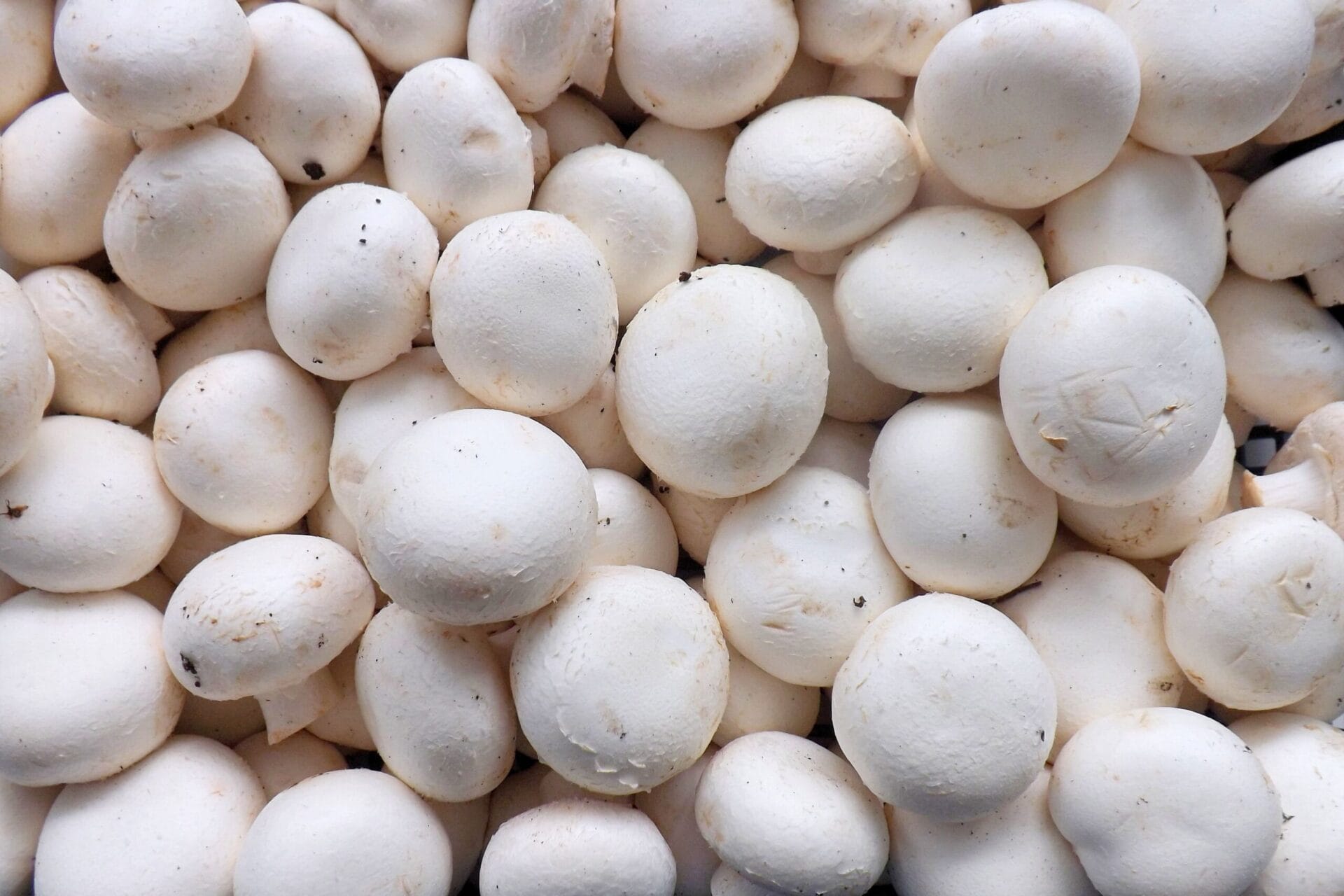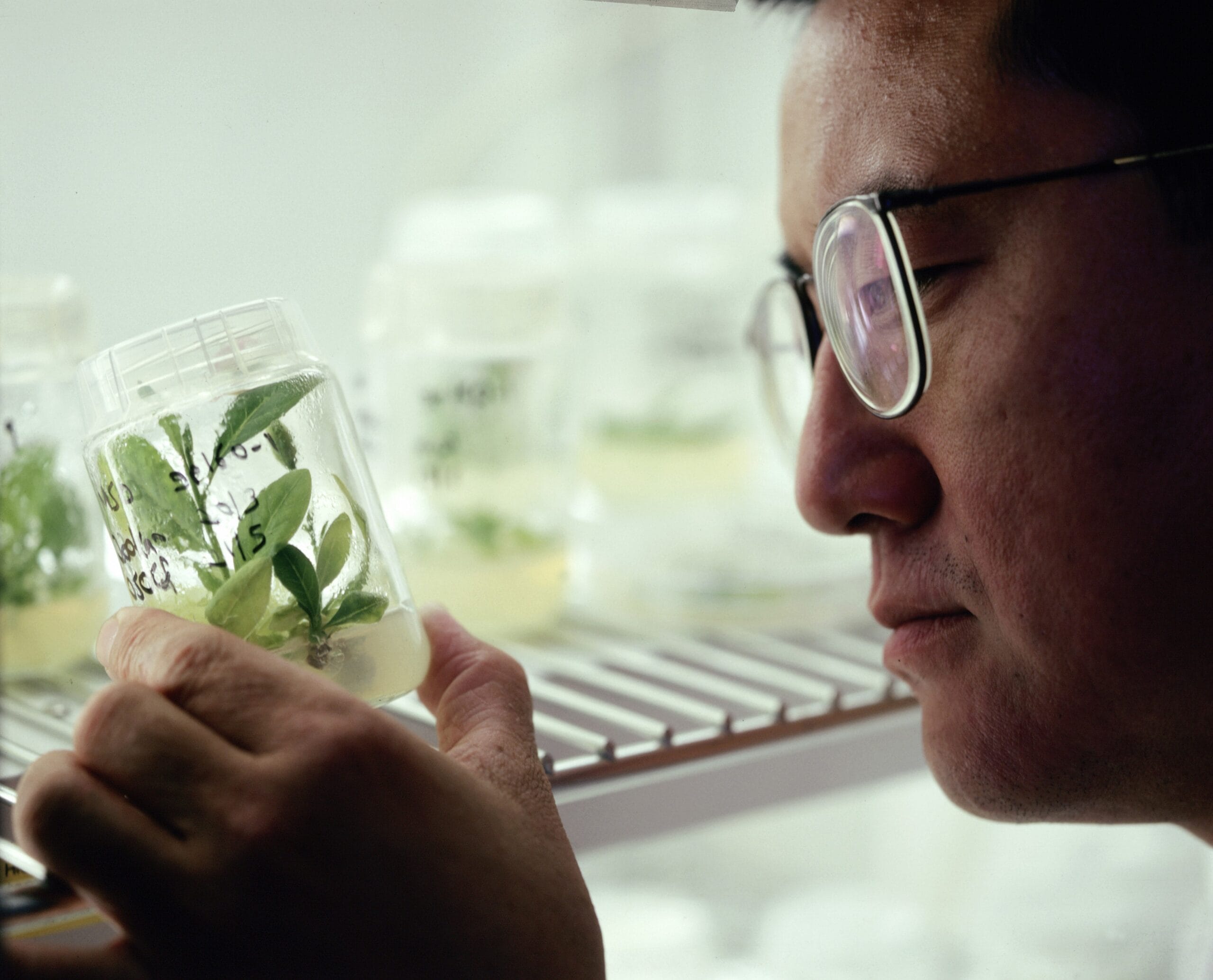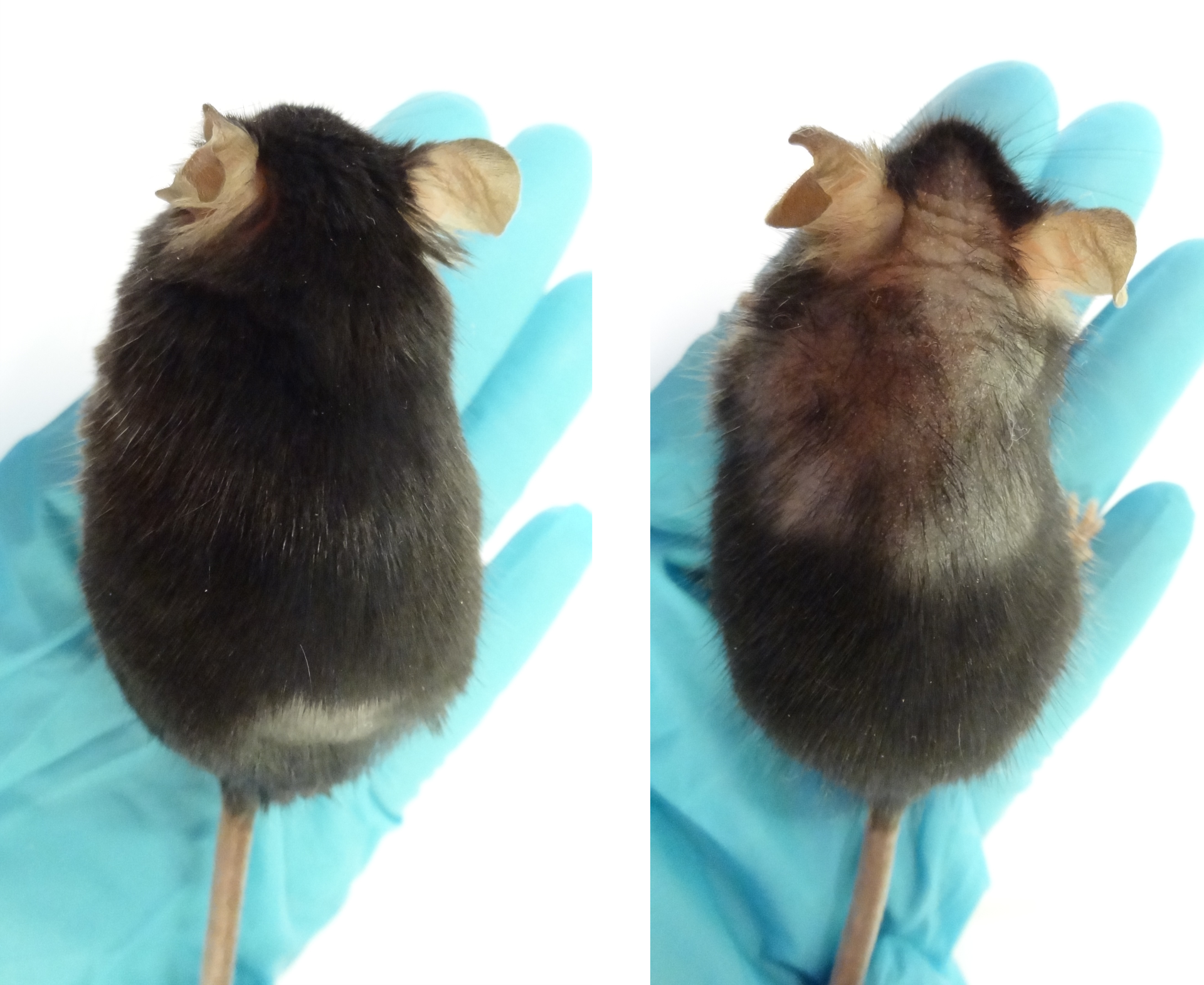What is a GMO?
Image credit: Pixabay

‘GMO’ stands for ‘genetically modified organism’ – an organism that has had their characteristics changed through the modification of their DNA.
- GMOs, or genetically modified organisms, are organisms that have had their genomes changed in a way that wouldn’t happen naturally.
- By changing an organism’s genome, we can change its characteristics.
Key terms
Gene
A section of DNA within a genome that carries a specific set of information - often the information needed to make a protein.
Genetic modification
The process of altering the genetic material of an organism, including direct and indirect methods.
Genetic engineering
The direct manipulation of genes to alter an organism’s characteristic in a particular way.
Model organism
A species that has been widely studied in biology, usually because it is easy to maintain and breed in a laboratory setting and has particular experimental advantages.
What does GMO stand for?
- GMO stands for genetically modified organism. This is an organism that’s had their genome changed in a way that doesn’t happen in nature.
- Changing an organism’s genome can change its characteristics. Common examples of GMOs are genetically modified (GM) crops used in agriculture and model organisms used in research.
- Any organism could be genetically modified, but laws restrict the creation of genetically modified humans. The production and distribution of other GMOs is tightly regulated.

A scientist with a GM plant. Image credit: Wellcome Images
How do we make GMOs?
- To create a GMO, we change specific characteristics by using lab techniques to delete or alter particular sections of DNA. You can read about these techniques here.
- We can also change an organism’s characteristics by introducing new pieces of DNA into their genomes. This could be:
- DNA taken from the same species.
- DNA taken from a different species.
- DNA made synthetically in the lab.
- The process of creating GMOs is called genetic modification or genetic engineering.
Why do we make GMOs?
- GMOs are generally made for medical, environmental, or commercial reasons.
- For example, GM white mushrooms have had a gene that normally causes them to go brown altered, so that it no longer functions. These mushrooms take longer to go brown, prolonging their shelf-life.
- GM bacteria have been developed that have had a gene for insulin added to their genome. These bacteria produce large quantities of insulin as they grow, which is then extracted and used by people with diabetes to control their blood sugar levels.
- The Acer1 gene is thought to be involved in skin diseases like psoriasis. GM mice have been made where the Acer1 gene no longer functions and have hair loss and are less able to control heat and water loss from their skin. This has made it possible to study the role of the Acer1 gene in psoriasis.

Photos comparing a normal mouse (left) with a mouse with the Acer1 gene mutated (right). The modified mouse has less hair than the normal mouse.
Image credit: Liakath-Ali et al. 2016; doi: 10.1002/path.4737 CC BY 4.0
What doesn’t count as a GMO?
- The genomes of organisms change naturally over time, for example:
- when organisms mate, offspring receive a combination of DNA from both parents.
- mutations arising because of natural cellular processes, such as mistakes when DNA is copied.
- environmental factors like UV radiation can creating changes in DNA.
- These changes to the DNA are not ‘genetic modifications’ as they happen naturally.